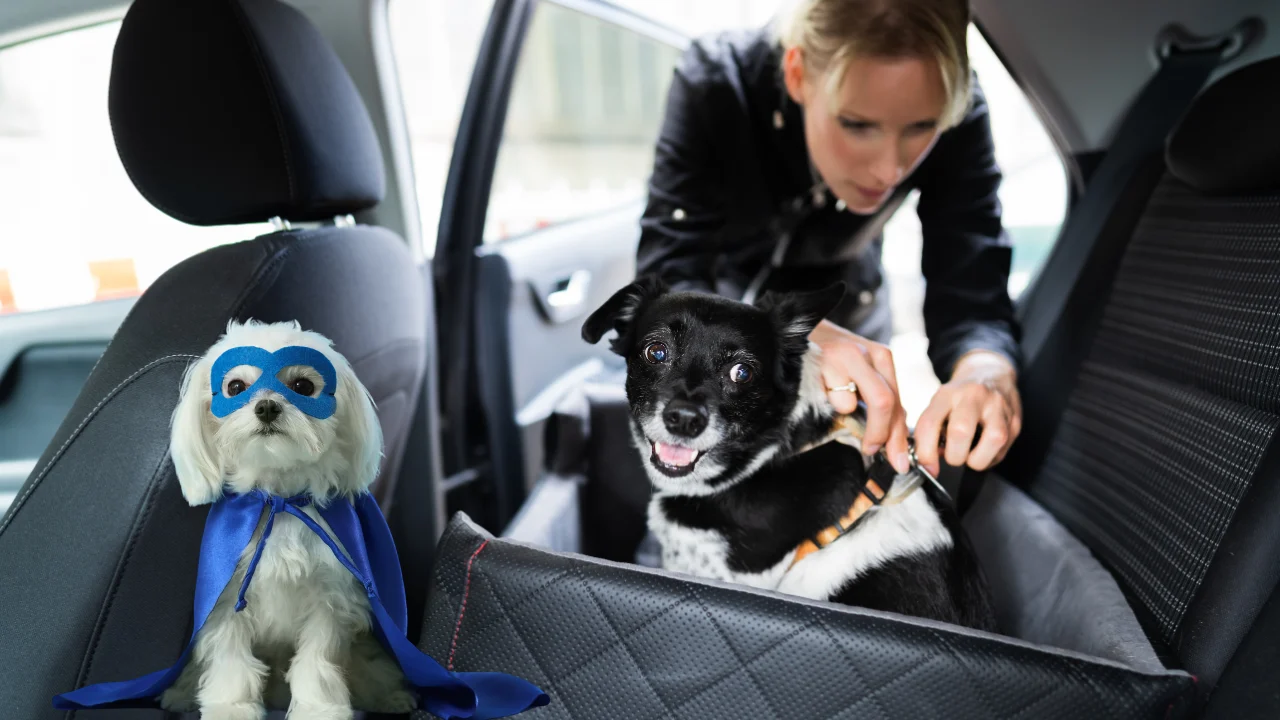When considering how to keep dog safe in car rides, it’s crucial to know that 80% of pet owners admit to driving with an unrestrained pet. This habit can lead to serious distractions, and unrestrained dogs can become projectiles during accidents, risking lives. Explore reasons why your dog pants in the car and how to address their discomfort.
I’ve found that trips are much safer when using the right safety measures. Securing dogs prevents accidents and aligns with laws in many places. This practice is essential for protecting both our pets and ourselves.
Navigation Menu
Quick Look
To keep your dog safe in the car, use a crash-tested harness or a secured crate. Avoid letting them roam freely, and never leave them unattended, especially in extreme temperatures. Regular breaks for hydration and exercise also help ensure their comfort and safety.
Can airbags be dangerous for dogs in the front seat?
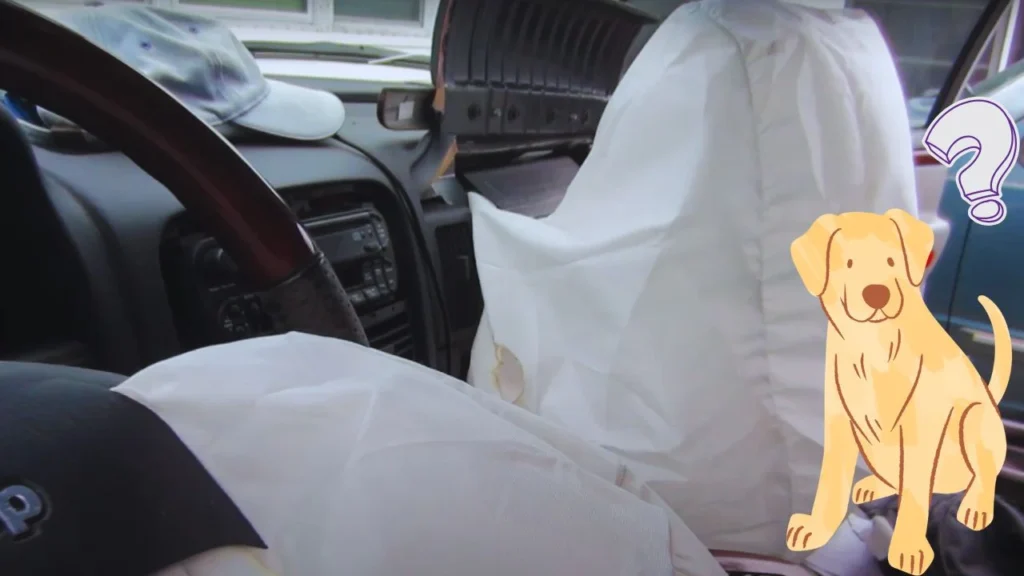
Yes, airbags can be dangerous for dogs in the front seat. Just like with young children, airbags deploy with significant force—around 100-200 mph—which can cause serious injury or even be fatal to pets. Dogs are more vulnerable due to their smaller size and different body structure.
It’s safer to keep dogs in the back seat, properly secured with a crash-tested harness or in a crate. If you must place your dog in the front seat, make sure to turn off the passenger airbag. Prioritizing your pet’s safety in the car can help prevent accidents and protect them from harm. Find out if you can have a dog in a rental car and the rules that may apply.
Potential Dangers of Car Travel
When I take my dog on car rides, I’m always aware of the potential dangers. Did you know that an unrestrained dog can turn into a 50-pound projectile during an accident? Even a sudden stop at 30 mph can cause serious injury to both the pet and passengers.
Laws around pet restraint vary, but in the U.S., states like New Jersey enforce strict rules. Fines can go up to $1,000 for driving with an unsecured pet. It’s not just about avoiding tickets—keeping your dog secure ensures everyone’s safety and peace of mind.
According to a study, nearly 84% of pet parents admit to driving with their pets unrestrained. That’s a significant risk to take! Proper safety measures can prevent accidents and minimize injuries in unexpected situations.
Methods to Secure Your Dog
Ensuring your dog’s safety during car rides means using the right equipment. Here are some of the most effective ways to keep your pet secure and protected while driving.
Dog Car Harnesses
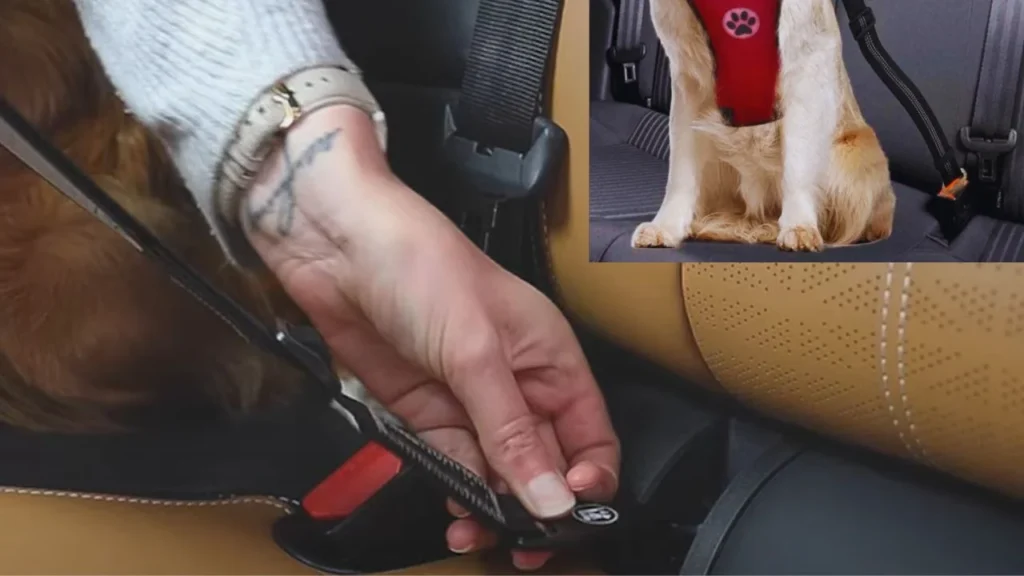
A harness is a simple way to secure your dog safely during car rides. Statistics show that a properly used crash-tested harness can reduce injury risk by up to 70%. I’ve found that harnesses with adjustable straps fit best and provide the most comfort for different dog breeds.
Crates and Carriers

Using a crate or carrier offers one of the safest options for your dog in the car. A sturdy, crash-tested crate has been proven to reduce impact injuries significantly during sudden stops. Ensure the crate fits snugly in the car, ideally placed on the back seat or cargo area.
Pet Seat Belts
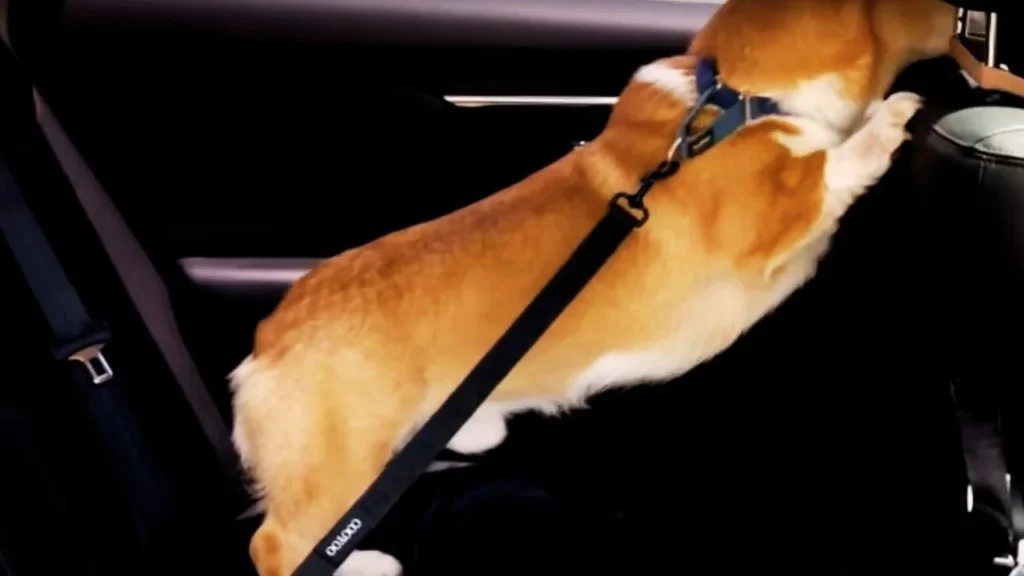
Seat belts designed for pets are practical and keep your dog secure without restricting movement. According to recent studies, a pet seat belt can reduce movement during sharp turns and sudden braking by up to 50%. Always double-check compatibility with your car model for a seamless fit.
Cargo Barriers
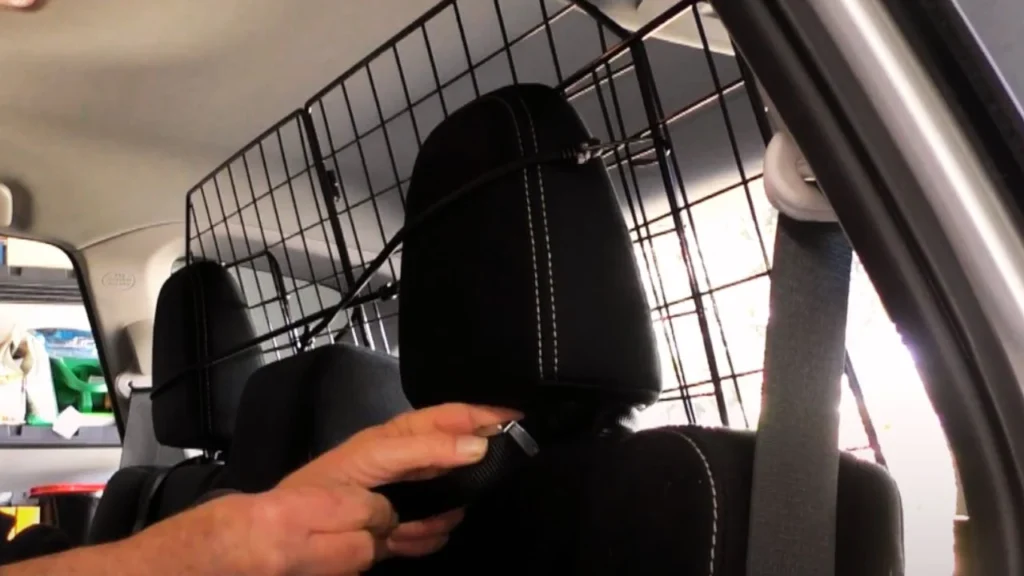
For larger dogs, a cargo barrier in the back of an SUV or wagon is a smart safety measure. These barriers help contain pets, minimizing the risk of injury by stopping sudden movements. It’s an efficient option if you have a big dog weighing over 30 lbs that needs space while staying secure. Discover effective methods on how to keep a car cool for dogs during hot weather.
Training Your Dog for Car Travel
Training your dog for car travel is essential for keeping both of you safe and stress-free. Follow these easy steps to help your furry friend feel comfortable and secure on the road.
Familiarization with the Car

Training starts by letting your dog explore the stationary car for short periods, like 10-15 minutes. This helps them get familiar with the environment before any movement is involved.
Short Rides Build Confidence
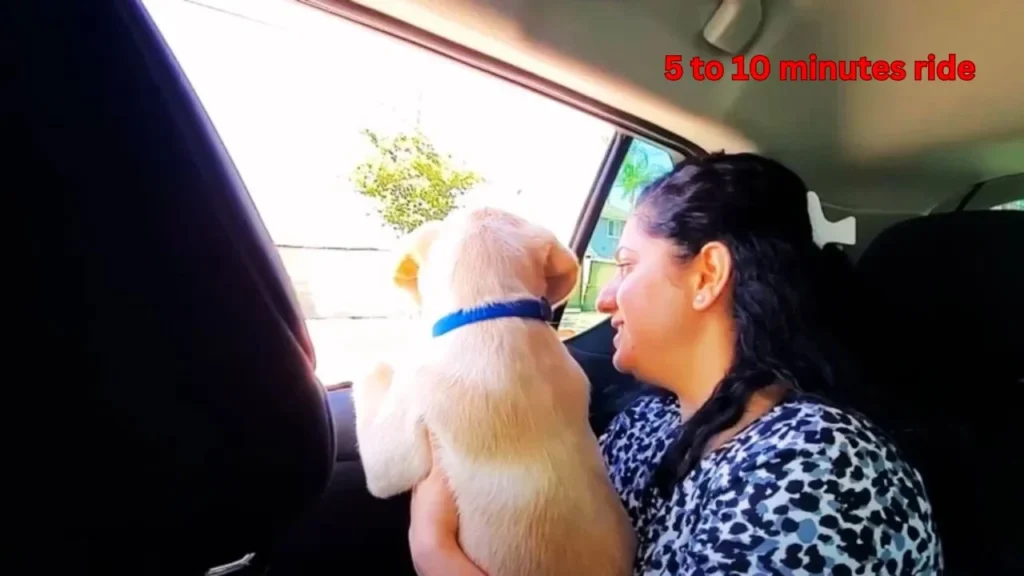
Once they’re comfortable, gradually increase the time spent inside while starting the engine. Begin with short rides, maybe 5-10 minutes around the block. This step-by-step approach builds your dog’s confidence and reduces anxiety.
Positive Reinforcement

Positive reinforcement is your best friend here. Reward your dog with treats and praise every time they show calm behavior. Studies show that 80% of dogs respond better with consistent positive feedback.
Addressing Motion Sickness
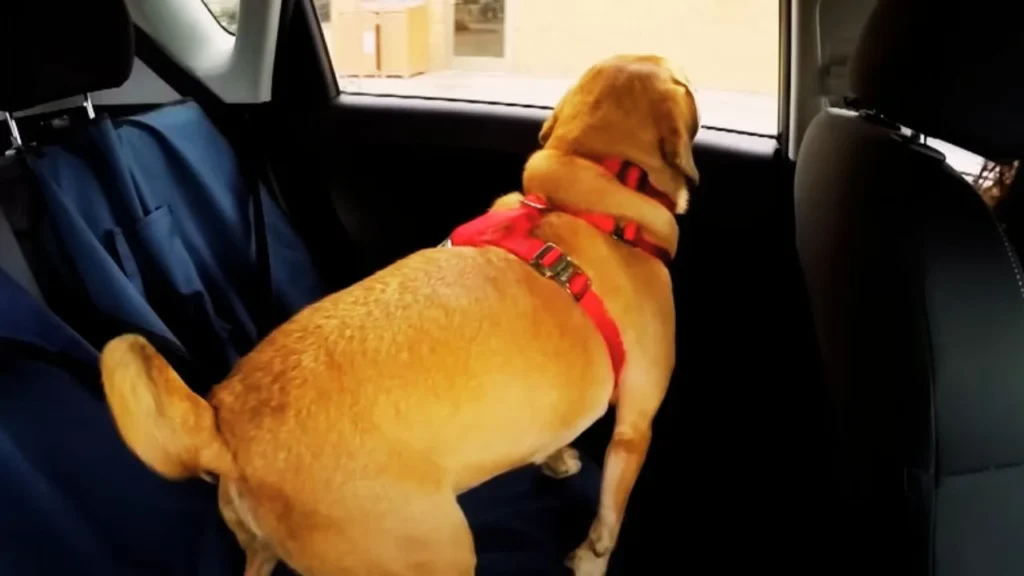
Addressing motion sickness is crucial, as around 20% of dogs experience it. If your dog shows signs of drooling, whining, or uneasiness, try adjusting their position to face forward or consult your vet for advice. Learn the dangers of leaving a dog in a hot car and what you should do to protect them.
Additional Safety Tips
Avoid Leaving Your Dog Unattended Never leave your dog in the car unattended, especially in extreme temperatures. A 70°F day can make the interior hit 115°F in 30 minutes, risking heatstroke.
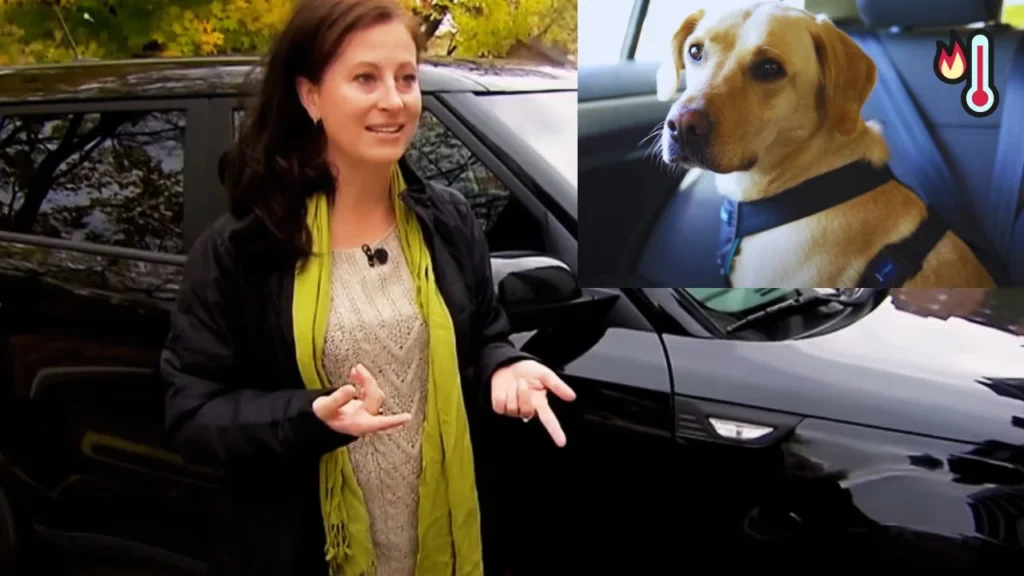
Take Regular Breaks Stop every two hours during long trips to let your dog stretch and hydrate. This prevents restlessness and ensures a comfortable journey for both of you.
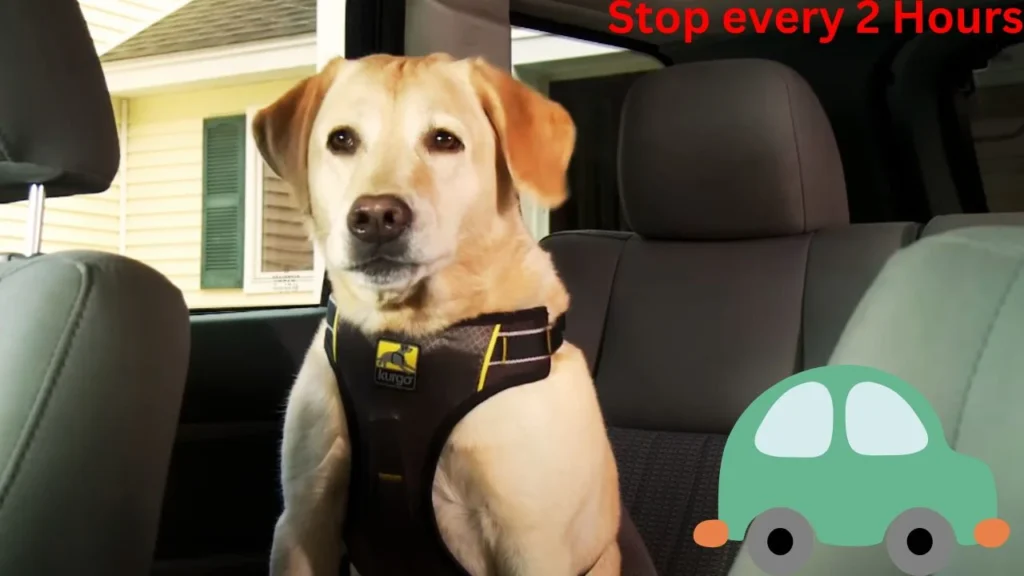
Keep Heads Inside the Car It’s safer to keep your dog’s head inside to avoid debris and eye injuries. Vets report a 30% increase in eye issues from open-window rides.
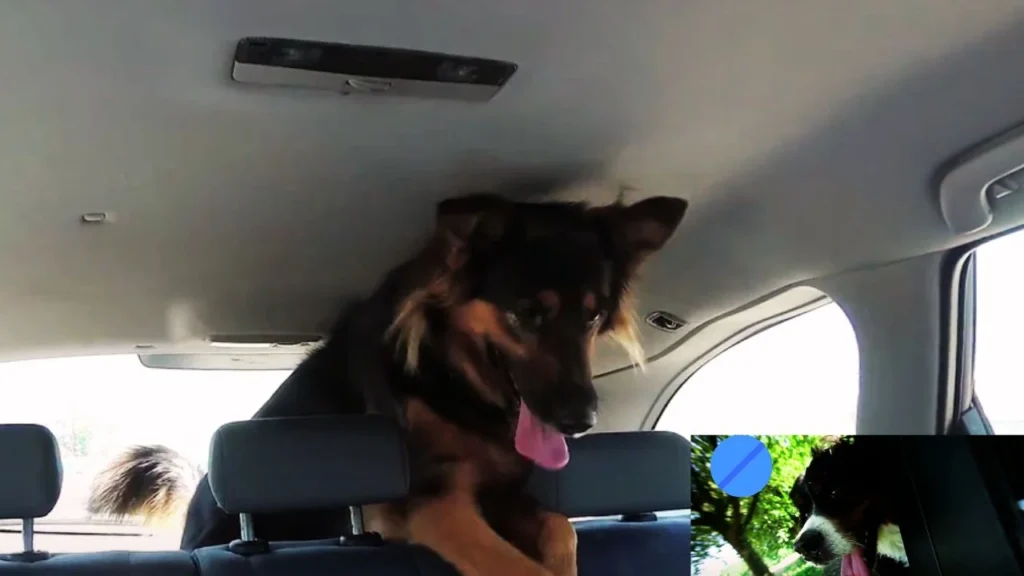
Update Identification Tags Keep your dog’s ID tags updated and check microchip information. Nearly 10 million pets are lost yearly, so this step ensures you can be reunited.

Choosing the Right Equipment
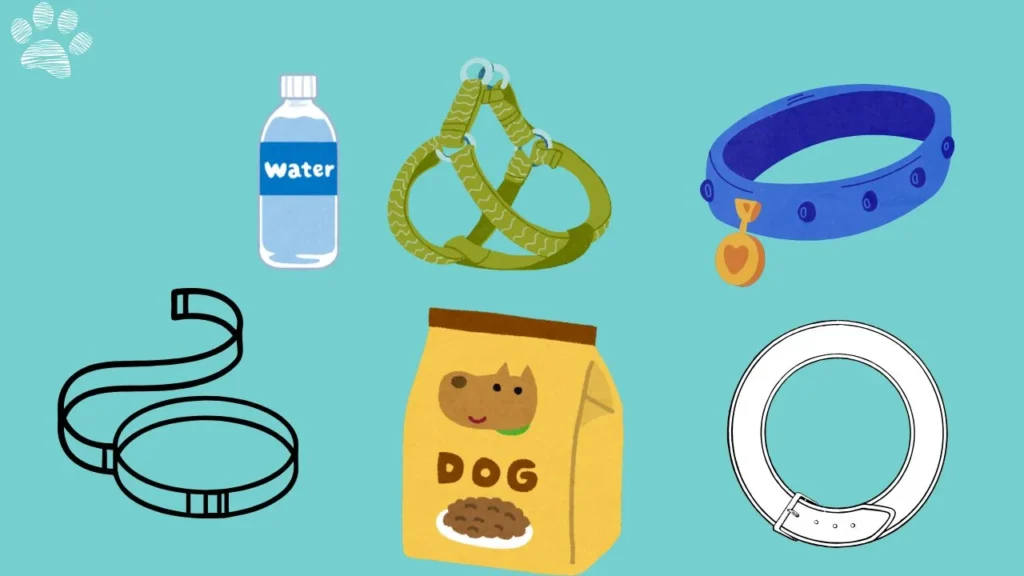
Selecting the best safety gear for your dog ensures a safe and enjoyable car ride. Let’s dive into how to make the best choices based on your dog’s needs and preferences.
Understanding Your Dog’s Needs When choosing safety equipment, take into account your dog’s size, breed, and behavior. For example, dogs over 50 pounds may need crash-tested crates, while smaller dogs under 20 pounds can be secured with harnesses. This tailored approach keeps your dog safe and comfortable.
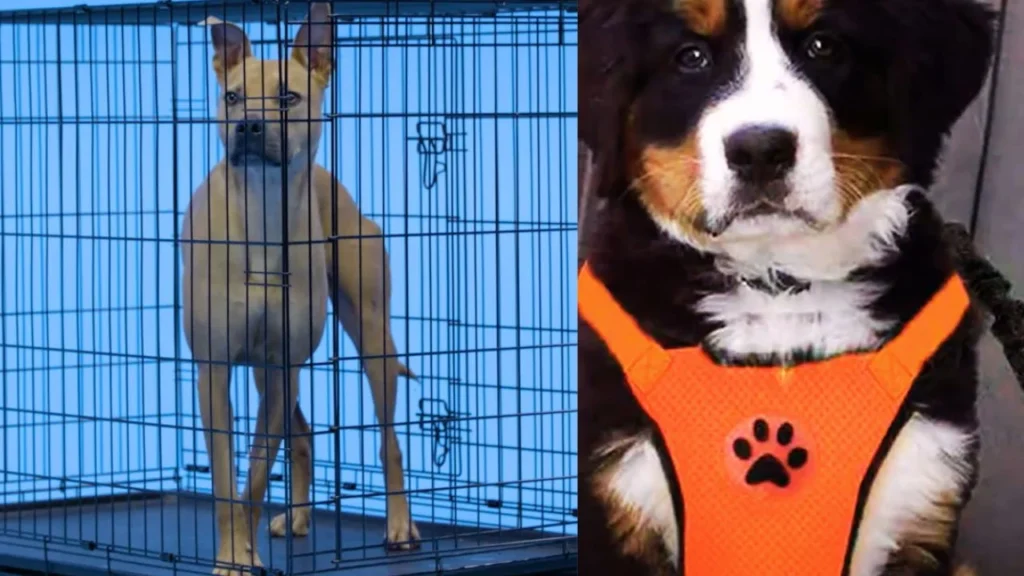
Finding Certified, Reliable Products I highly recommend considering top-rated, crash-tested products. Did you know only 25% of pet owners use crash-tested equipment? Look for certifications from the Center for Pet Safety (CPS) to ensure what you choose meets safety standards.
Consulting with a Veterinarian Seeking your vet’s guidance can make all the difference, especially if your dog has health considerations. According to surveys, 40% of pet owners found vet advice invaluable for selecting the right car gear. Personalized recommendations mean peace of mind and a safer travel experience for your dog. Understand the risks involved in leaving a dog in a car with the window open for their safety.
Wrap Up
Keeping our dogs safe while traveling is essential for their well-being. I learned that nearly 84% of pet owners don’t use proper safety measures. Knowing how to keep dog safe in car has made me rethink my approach, ensuring my dog is secured with a harness or crate.
I encourage you to try these simple, effective methods to protect your furry friend. Trust me, your dog’s safety is worth every effort for peace of mind!
FAQs
Is it safe for my dog to ride with its head out of the window?
No, it’s not safe for your dog to ride with its head out of the window. While dogs enjoy the breeze, they risk injury from flying debris, dust, or even hitting objects outside the car. Additionally, strong wind can cause ear damage and dry out their eyes. To ensure safety, keep your dog securely harnessed inside the car, with windows only slightly open for ventilation without the risk of them leaning out.
How do I secure a crate in the car for maximum safety?
To secure a crate safely in the car, place it in the back seat or cargo area, not in the front. Use tie-down straps or seat belts to firmly anchor the crate to prevent it from sliding or tipping during sudden stops.
Ensure the crate is crash-tested and properly sized so your dog can move comfortably but is protected in case of an accident. Securing the crate properly helps minimize risks and keeps your dog safe during travel.
What type of harness is best for car safety?
For car safety, choose a crash-tested harness specifically designed for dogs. These harnesses distribute force evenly to reduce injury in an accident and are secured with a strong seat belt attachment.
Look for those certified by safety standards organizations like the Center for Pet Safety. Adjustable features and comfortable padding ensure a snug fit, preventing your dog from moving around. A well-fitted, high-quality harness not only protects your dog but also minimizes driver distractions.
What can I do to help prevent motion sickness in my dog during travel?
To help prevent motion sickness, start with shorter rides to acclimate your dog to car travel. Avoid feeding them large meals within two hours before a trip and ensure the car is well-ventilated.
Bring along familiar items like a favorite toy or blanket to reduce stress. If needed, consult your vet about anti-nausea medications. Regular breaks for fresh air and hydration can also help manage motion sickness, making car rides more comfortable for your dog.

